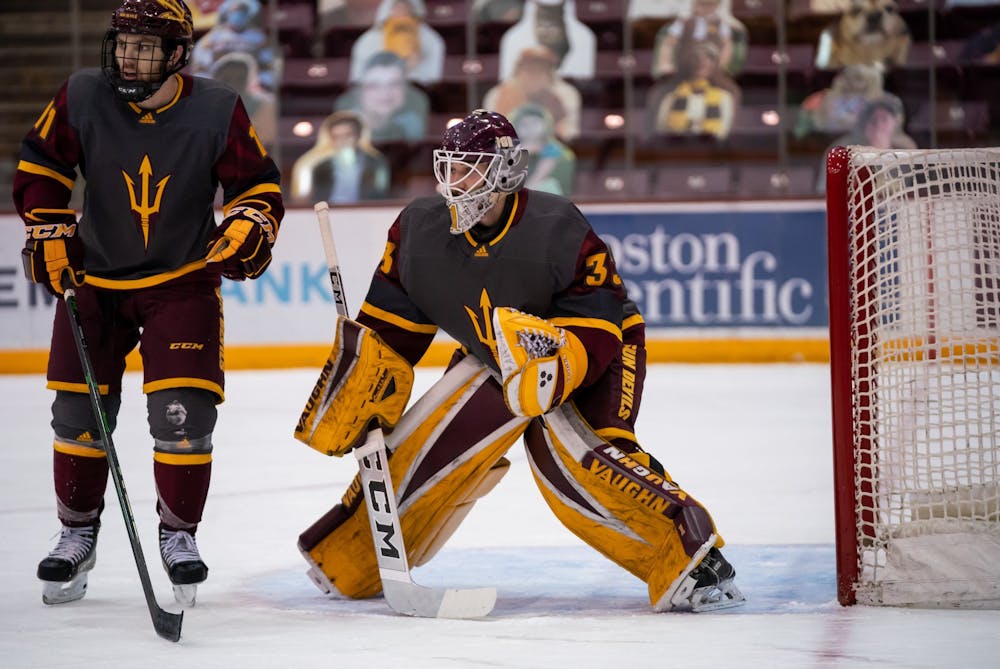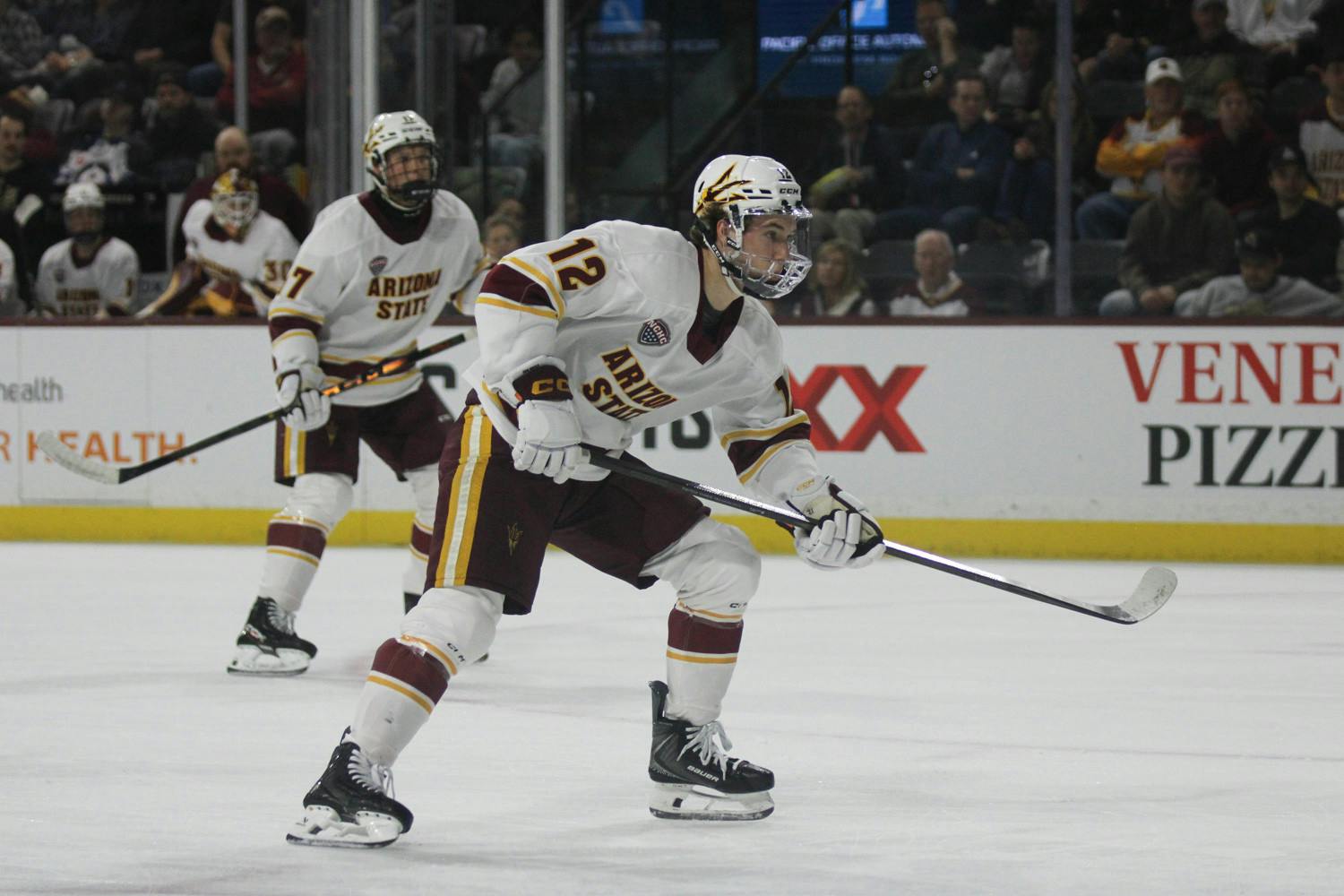When the New Jersey Tigers stepped onto a nondescript field in New Brunswick to face the Rutgers Queensmen in front of 100 fans, none of the 50 players could have imagined the bright lights and roaring crowds of Sun Devil Stadium in Tempe, Arizona. Nor could they have imagined the multi-million dollar contracts bestowed upon pro athletes.
The players on that field in Central New Jersey were very different from the collegiate athletes gracing gridirons today. One, William Gummere, went on to the state Supreme Court. Another, William J. Legget, became a clergyman of the Dutch Reformed Church. In a scene where athletics have become the cash cow of major universities, the spirit of the game can take a back seat.
Enter club sports. Just under the topsoil that is NCAA division one competition lies the subsoil of abbreviations which includes the ACHA, NCBA, CWPA and more. These leagues provide outlets for athletes who fall below the D1 level to continue their careers and compete at a high level. While they may not come with the fanfare of a marching band or the scholarships awarded to the top athletes, their charms lie just below the surface.
Arizona State University has over 60 sports club programs, though that number changes often based on interest. These are open to all students, although many have tryouts and cut policies. Teams vary from the quidditch club, which plays a humanized version of the wizard-centric sport on the SDFC lawn, to the ultra-competitive ACHA club hockey team.
Goalkeeper Bronson Moore grew up playing hockey in Washington. He developed quickly, playing in front of some of the sport’s top recruiters. With a decision to make about the quality of his education, he took his talents to ASU’s club team.
“Guys that want to go to a bigger school, have a big college experience, will go this route and play for us,” Moore said.
His story is not uncommon. Players liken the competition level of the American Collegiate Hockey Association, which the club devils compete in, to that of a division three program.
Clayton Lackey, another hockey player, played two years of junior hockey before deciding on Arizona State.
“I still had aspirations of playing D1,” Lackey said. “When I was in Dallas, I realized that might not be a realistic thing I could achieve.”
Club teams are generally composed of athletes who played their sport in high school, but lack the ability or interest to play at the division one level. ASU provides a platform for students to organize and compete against other schools and grants funding to those who perform the best on a variety of metrics. These include attendance at community events, volunteer hours and of course, wins.
“Me and my friends, we never really had conversations about club hockey,” Lackey said. “Once I moved out here, I learned how serious club hockey is and how it actually is competitive. We do all the stuff an NCAA team does.”
The desire to win, simply as a product of a competitive nature bred over years of intense athletic training, is at the forefront of any game. It manifests itself at every level of collegiate competition, and drives participants forward. For ASU’s club athletes, that means pushing just as hard in the classroom as on the field.
“We need to be successful in school, and if we’re not finding that success that we want then he [coach Tait Green] is totally OK with us stepping away for a day or two just to get back on track,” Lackey said.
“It’s definitely much more school-based,” Moore said. “The NCAA guys have a lot more structure as far as the athletic side.”
Another piece in the equation is the fan support garnered by NCAA teams. Attendance at club events is low, but that doesn’t stop athletes from soaking in the atmosphere of playing an intercollegiate sport.
“We’ve been trying to make our field more accessible to any audience coming,” Senior lacrosse captain Megan Wijesinghe said.
She believes a new field built for club sports will enhance the audience experience and grow awareness.
As for funding, what isn’t covered by ASU’s tier system must be made up by the teams themselves. Most have robust fundraising schemes. Money coming from club dues paid by the players as well as community and booster donations allows teams to travel around the state and country.
Wijesinghe is the president of sports clubs and a member of the women’s lacrosse team. She pushes her team to participate in events which earn them points, which then translate into money from the school.
“You can get points by volunteering, doing some fundraising stuff,” Wijesinghe said. “With COVID, it’s been really hard to get people to do that.”
So what drives players to continue balancing their time between a sport in which they likely will not go pro in and a full course load?
“It’s a special time in your life,” Moore said. “It’s the last four years you get to play hockey.”
It was this love that brought sophomore Aashish Yadav to create the swim club in March of 2020. As the coronavirus pandemic brought the country to a halt, Yadav looked for ways to maintain his personal connections. After walking through the club fair and realizing there was no outlet for his passion, Yadav took matters into his own hands.
“I just thought, you know, maybe I should start the swim club,” Yadav said.
In a normal year, the team would compete against other schools around the state. According to Yadav, UA and NAU started swim clubs last spring as well. Yadav said what he’s most looking forward to, however, is the opportunity to travel.
“There’s always a meet at the very end of the season, which is nationals for all the swim clubs,” Yadav said. “It’s a super fun meet from what I've heard from a bunch of friends, and we’ll definitely make it out there.”
The club sports community is a tight one. Players look out for each other with an understanding that everyone is there for the same purpose. Even players at rival schools acknowledge the bonds that bring them together.
“We have a little bit of a rivalry with GCU,” ultimate frisbee team captain CJ Sowards said. “If you see us playing GCU, everyone is doing everything they can to absolutely dominate GCU. And it’s for no other reason than we play them all the time and we kind of have everyone’s number.”
Sowards is a classic example of the type of athlete who excels in the club environment. He didn’t begin playing ultimate until his senior year of high school in Minnesota, but has since grown into a leadership role.
“That just grew and elevated me into trying to make ASU into the best ultimate frisbee school there is,” Sowards said.
That leadership is especially important now. The frisbee team has no coach, and so it falls to team leaders like Sowards and his roommate Ethan Gaiser to create a winning environment.
“We do a lot of film room sessions together, much like a D1 athlete would do,” Sowards said. “But we teach that all to ourselves, and then we have to find a way to go and do nutrition on our own. We don’t have a nutritionist like D1 athletes do.
While the Carson Student-Athlete Center, home to D1 athletic programs at the school, recently received a $2.2 million upgrade, club athletes like Sowards have to find workouts on Youtube.
“It’s definitely a lot more challenging without the staff that a D1 athlete has,” Sowards said. “The level of work is probably similar, but we don’t get the level of support.”
Wijesinghe expanded upon the coaching process, saying each team is in charge of finding its own coach.
“Most of the time the president or the VP will find the coach and bring them to a practice,” Wijesinghe said. “It’s a student-based process.”
That’s not to say the University leaves its club athletes in the cold. Program directors like Ethan Cobb have made it their mission to support those who seek to play a sport at the club level.
“I want to help mentor student leaders to develop transferable skills,” Cobb said. “We have 1,200 athletes that are part of sport clubs. This allows them to come together and form a community.”
Cobb played club sports himself in college, starting with baseball before switching to bowling.
“I gained an appreciation for what sport clubs were,” Cobb said. “An ability to keep playing at a high level, even though it isn’t what is perceived as the highest level.”
For Moore, club sports also meant an opportunity to get noticed. Through the goalkeeper’s hard work and dedication to his club, he became the first player ever to move up from the club team to D1.
“You play on a much bigger stage,” Moore said. “The club team is much more of a hockey community stage, whereas with the NCAA team it’s a national stage.”
He recently made his on-ice debut, playing 14 minutes against the University of Minnesota. Moore’s former teammates were thrilled.
“[Head coach] Greg Powers actually sent a text between periods saying, ‘Hey, I’m going to have Bronson play,’” Moore said. “One of my old teammates was working as a valet and he just stopped taking cars. He paid for some streaming service and pulled it up and was sitting there watching it.”
While Moore’s journey is unique, it exhibits the common ties which bind all club sport athletes, current and former: motivation, passion and above all, a genuine love for their sport.
“I’ve always liked competition,” Wijesinghe said. “Games to me are just some of the funnest things in the world.”
Reach the reporter at ieverard@asu.edu or follow @ike_on_the_mic on Twitter.
Like State Press Magazine on Facebook and follow @statepressmag on Twitter.




